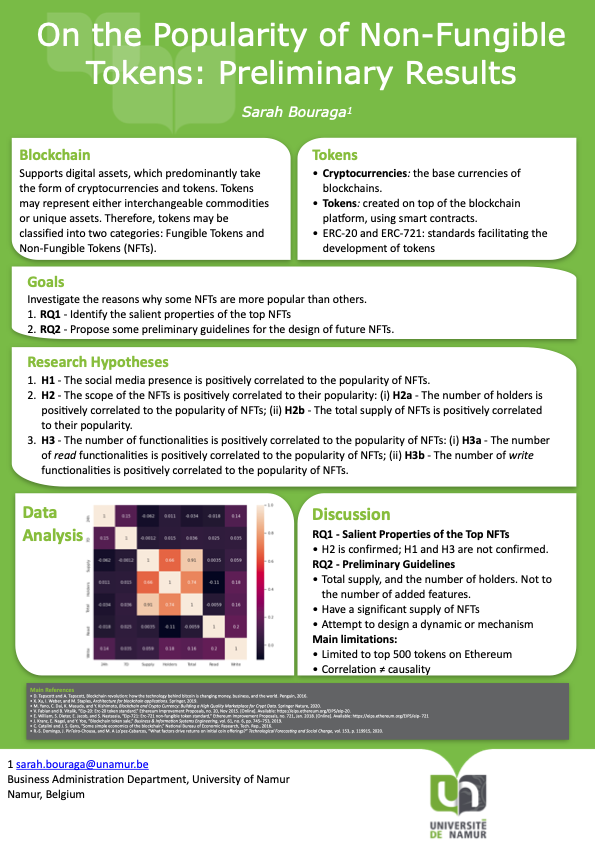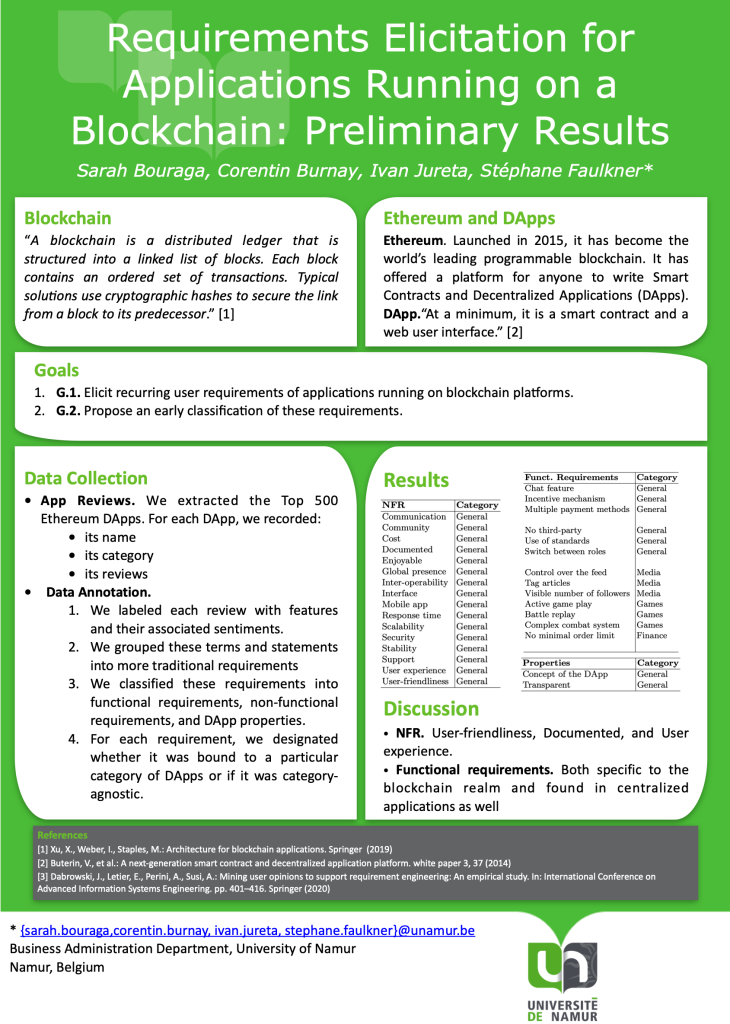Two colleagues and I recently published and presented a paper entitled “When Dashboard’s Content Becomes a Barrier-Exploring the Effects of Cognitive Overloads on BI Adoption” in International Conference on Research Challenges in Information Science.
Abstract. Decision makers in organizations strive to improve the quality of their decisions. One way to improve that process is to objectify the decisions with facts. Big data, business analytics, business intelligence, and more generally data-driven Decision Support Systems (data-driven DSS) intend to achieve this. Organizations invest massively in the development of data-driven DSS and expect them to be adopted and to effectively support decision makers. This raises many technical and methodological challenges, especially regarding the design of dashboards, which can be seen as the visible tip of the data-driven DSS iceberg and which play a major role in the adoption of the entire system. This paper advances early empirical research conducted on one possible root cause for data-driven DSS dashboard adoption or rejection, namely the dashboard content. We study the effect of dashboards over- and underloading on traditional Technology Adoption Models, and try to uncover the trade-offs to which data-driven DSS interface designers are confronted when creating new dashboards. The result is a Dashboard Adoption Model, enriching the seminal TAM model with new content-oriented variables to support the design of more supportive data-driven DSS dashboards.
Feel free to share any comment or question you might have regarding the paper or the topic.

